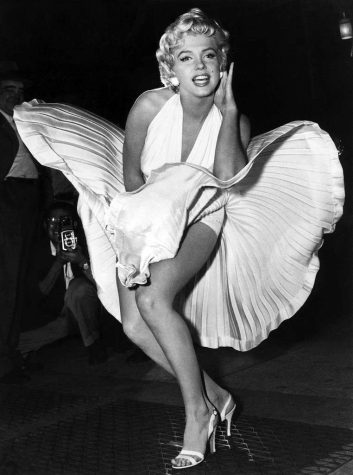The Elephants Will Never Forget
Wildlife conservationists are rejoicing as the infamous ivory trade in China finally ends. For many years, ivory figurines made from elephant tusks were popularized as luxury goods and intricate art, but they received criticism worldwide for the mass poaching craze it inspired. Though a number of countries banned the wholesale of ivory, China allowed the legalized domestic trade to continue while its neighbor, Hong Kong, was embroiled in the illegal and unregulated sale of ivory. Beyond the distributors simply selling by demand, the sale of ivory funded many war efforts in Africa where renegade armies could use profits to fund their weaponry. With Obama banning the sale of refined ivory from elephant tusks in 2016, China was the last determinant for deterring the trade. China, as a country, currently accounts for seventy percent of legal sales in the world, representing the majority of ivory exports.
For the most part, the issue seems fairly black and white because the trade of elephant tusks is considered wrong for the damage it incurs. The World Wide Fund for Nature ad released in November of 2017 showed a glimpse of how elephants are subjected to brutality in order to harvest their tusks. Many are mutilated in such a way that their face becomes unrecognizable. The tusks must be gouged from their face, flesh and nerves fully intact, and each elephant will die from the harvest. The tusks are good for only one thing: stripping an animal of it’s very livelihood and asserting that it is only a resource. It devastates the elephants in a horrible way, as the poacher’s cruelty extends beyond the dead, and orphans infants that will most likely survive. Unfortunately, this can create trauma that “elephants never forget.” The UN estimates that one hundred elephants are poached daily for the ivory trade. The Independent notes that elephants hold vigil for the dead, sometimes for days or weeks. Furthermore, when illegal stockpiles of ivory tusks have been seized in Africa where much of the poaching occurs, they are burned in heaping piles. Yet, the elephants with slashed faces are left without a proper cremation. The ivory trade seems to lack any worth beyond its demand as a product.
The horrific reality of the art becomes even more profound when in light of a discovery made by Daniel Stiles, an expert anthropologist and conservationist. He found that ninety percent of the ivory in China was obtained illegally. By those odds, especially where the illegal trade was stunted only recently, a majority of each refined statue was most likely the product of morbid bloodshed. In an article by Xiaomei Chen for The Guardian, he tells the story of Au Yue-Shung, a master carver who is distraught by the news that legal ivory is now illegal in China and will be in Hong Kong in 2021. His concern comes from the fact that he has created his pieces for artistic enterprise rather than profit, as he often sells his one-of-a-kind designs to special candidates. His concern is steeped in a lifetime of dedication to master his craft, but pales when compared to hundreds of years of commercial bloodshed.
Ultimately, it seems that the end of this elaborate art was truly inevitable. Despite its unnatural beauty, if it were not the ban that caused this end, it would certainly be the extinction of an entire species.








